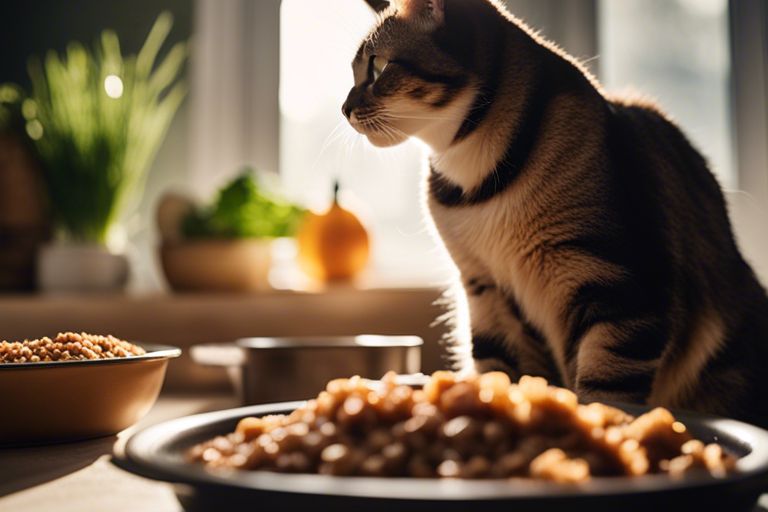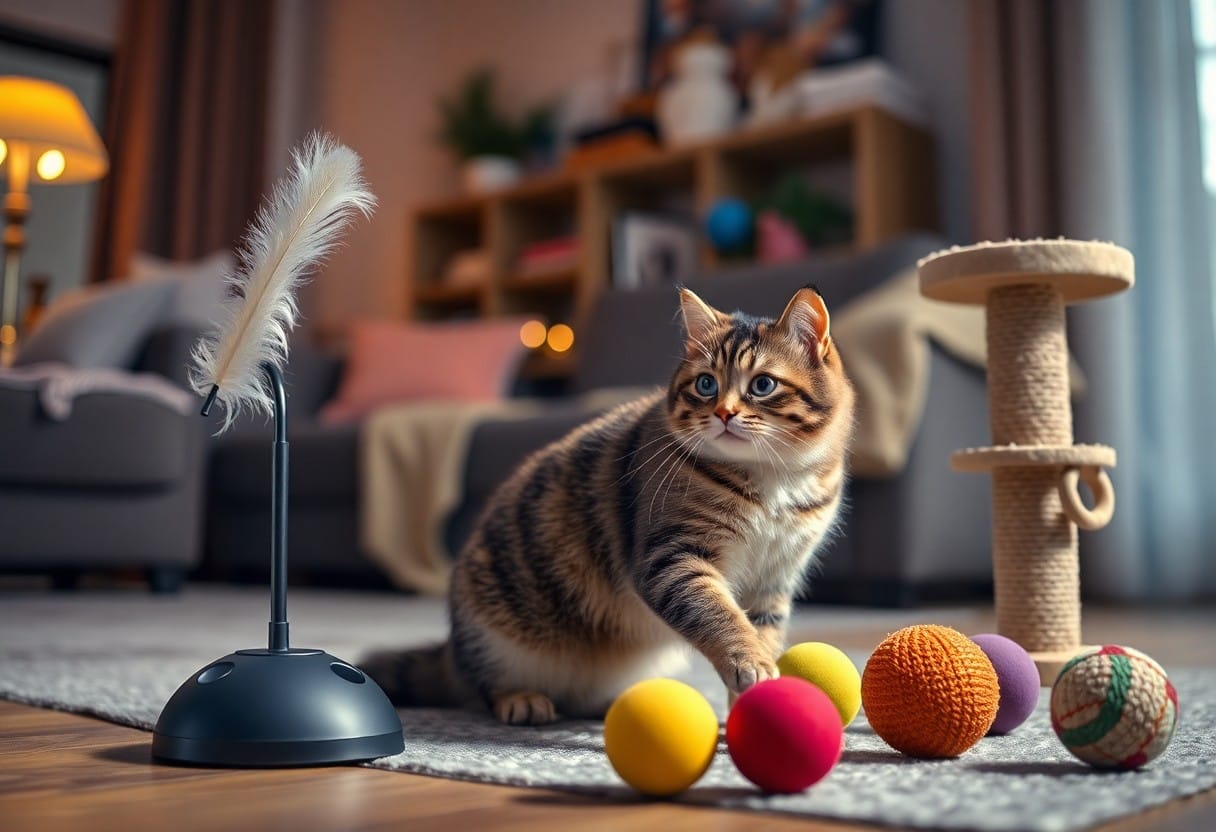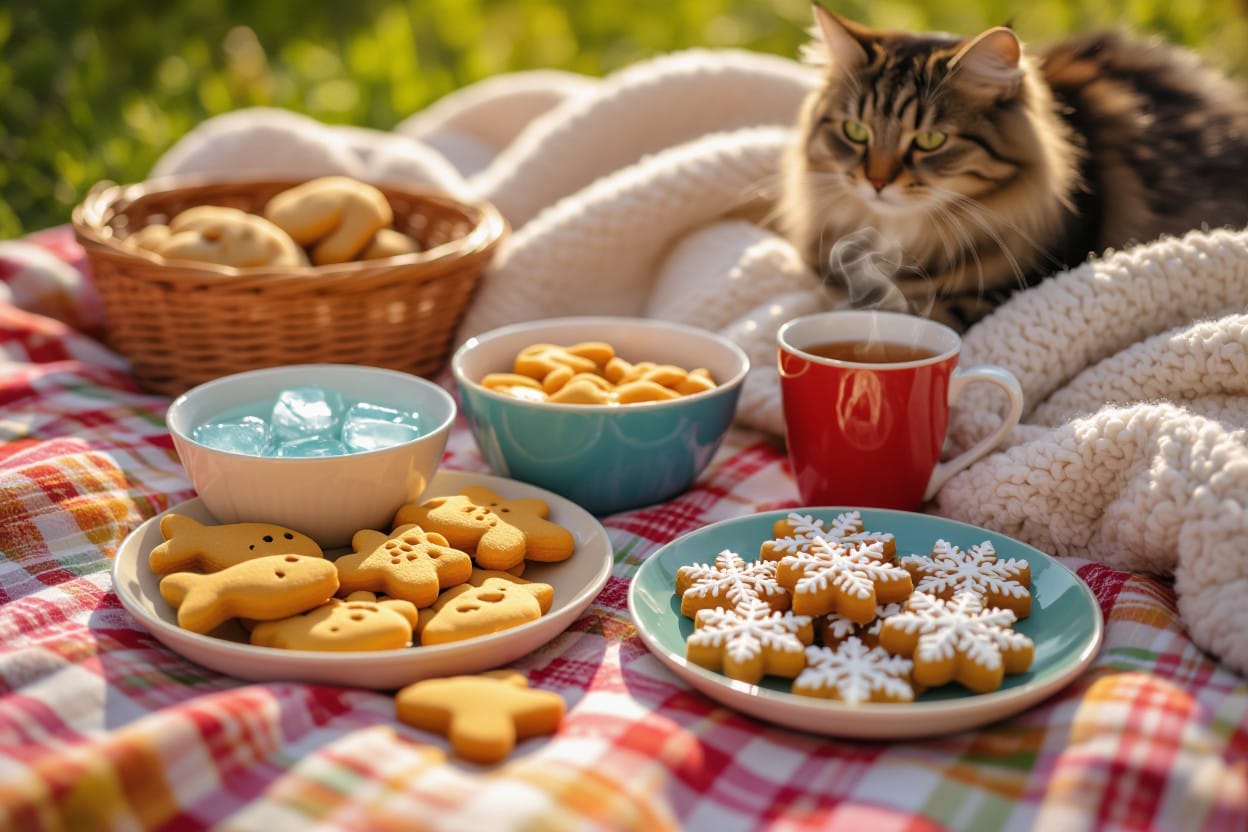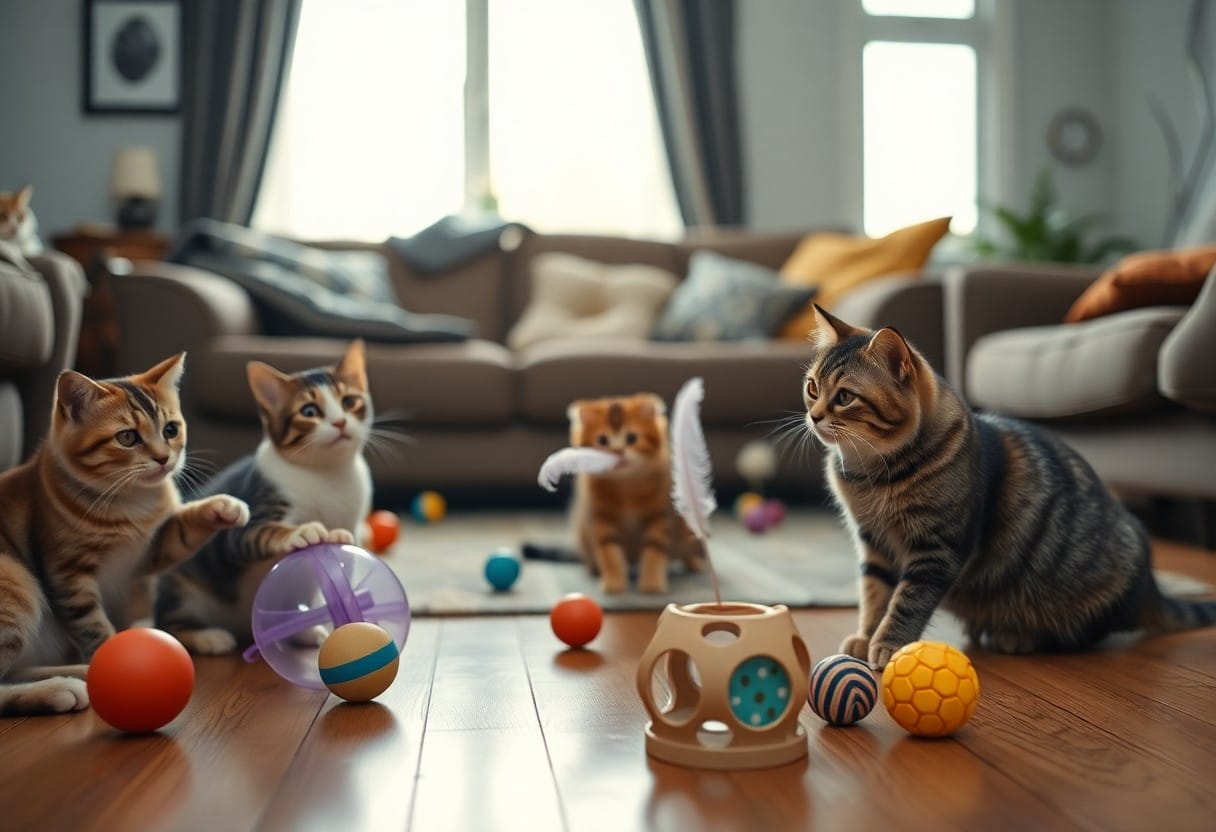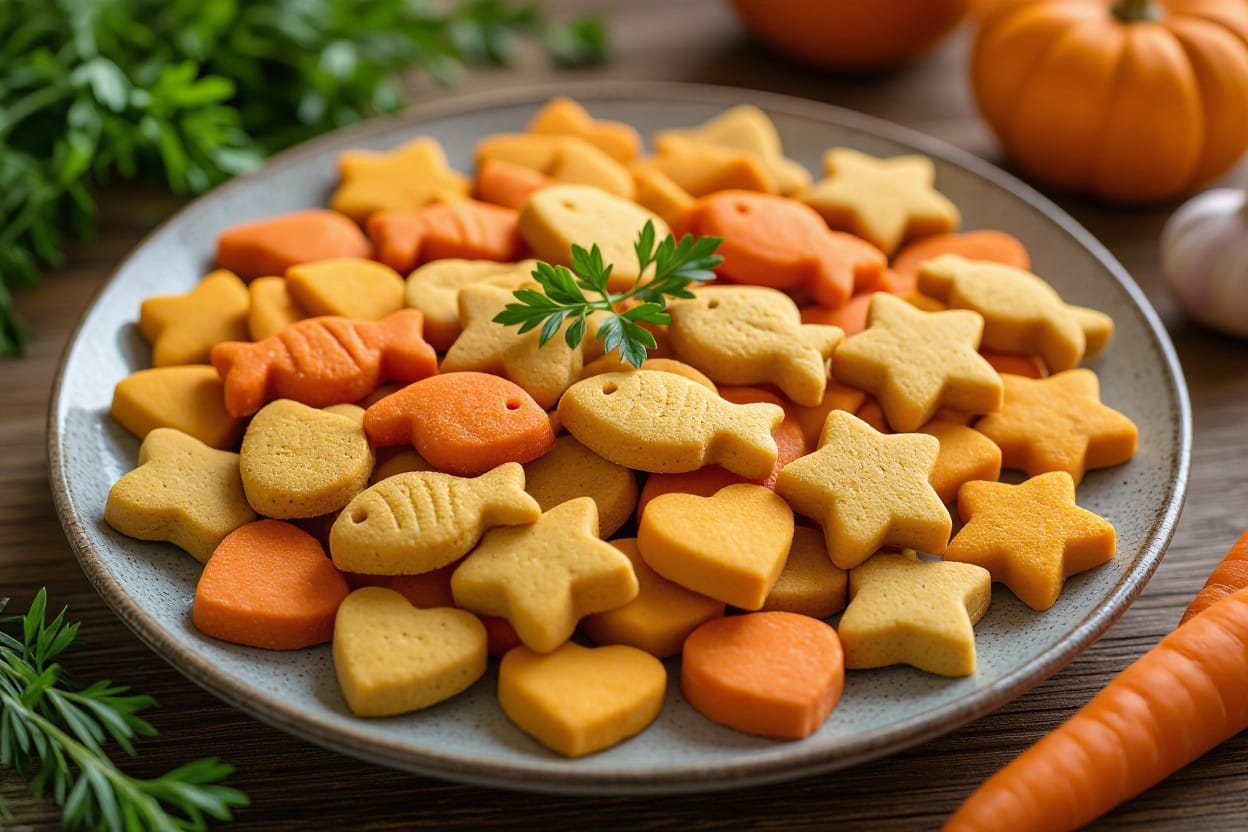Recipes for homemade cat food can be a great alternative to store-bought options as long as they are nutritionally balanced. To ensure your feline friend gets all the necessary nutrients, we have compiled a list of the best homemade cat food recipes that will help you provide a well-rounded diet for your pet.
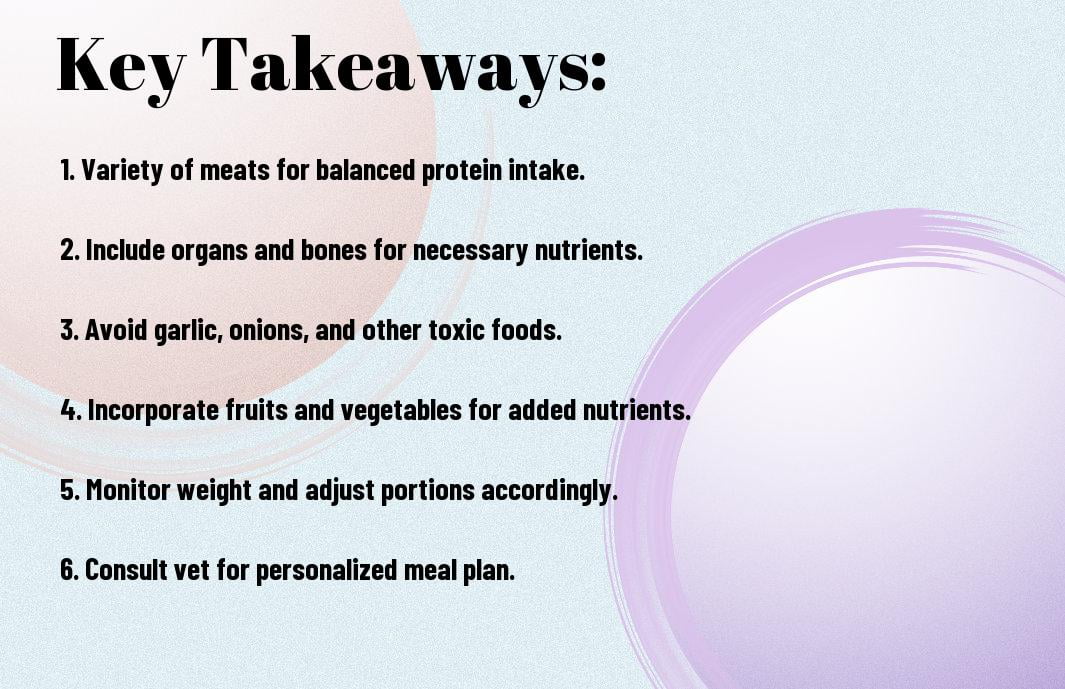
Understanding Feline Nutrition
Clearly, understanding feline nutrition is vital for providing your cat with a balanced and healthy diet. Cats are obligate carnivores, which means they have specific dietary requirements that differ from other animals. As a cat owner, it’s crucial to comprehend what nutrients are vital for your feline friend’s well-being.
Essential Nutrients for Cats
To ensure your cat’s diet is complete and balanced, it must contain vital nutrients such as protein, taurine, vitamins, minerals, and fatty acids. Protein is particularly crucial for cats as they require higher levels of this nutrient compared to many other animals. Taurine is an amino acid that is vital for maintaining good vision, heart function, and overall health in cats. Additionally, vitamins and minerals play a vital role in supporting various bodily functions, while fatty acids are important for maintaining healthy skin and a shiny coat.
Common Nutritional Deficiencies in Cats
The occurrence of common nutritional deficiencies in cats can lead to various health issues, including skin problems, digestive issues, and a weakened immune system. It is important to be aware of these deficiencies to prevent any potential health concerns in your feline companion. Providing a balanced and high-quality diet that meets all of your cat’s nutritional needs is key to ensuring their well-being and longevity.
Feline nutrition is a complex topic that requires careful attention to detail to meet your cat’s unique dietary requirements. By understanding the vital nutrients for cats and being aware of common nutritional deficiencies, you can provide your feline friend with a diet that promotes optimal health and vitality.
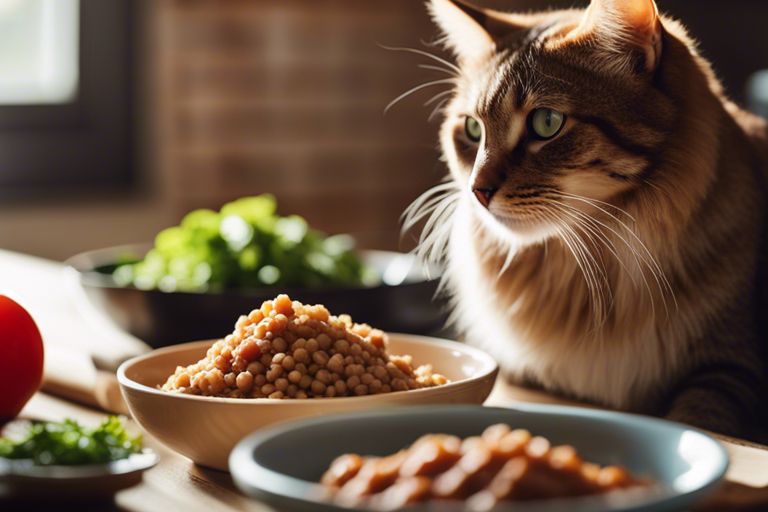
Getting Started with Homemade Cat Food
There’s a growing trend among cat owners to prepare homemade cat food to ensure their feline companions are getting a balanced and healthy diet. Before submerging into making your cat’s meals from scratch, it’s imperative to understand the basics to provide the right nutrition. This includes selecting the right ingredients and having the necessary equipment and tools in your kitchen.
Choosing the Right Ingredients
To create a balanced homemade cat food recipe, you need to choose high-quality ingredients that meet your cat’s nutritional needs. Proteins should make up the majority of your cat’s diet, typically from sources like poultry, fish, or meat. It’s crucial to include imperative amino acids, vitamins, and minerals in the ingredients to maintain your cat’s overall health.
Necessary Equipment and Tools
Getting the right equipment and tools for preparing homemade cat food is crucial to ensure the meals are handled safely and efficiently. You’ll need a good quality meat grinder or food processor to grind or chop the ingredients into a consistency that is suitable for your cat to eat. Additionally, having a set of kitchen scales to measure the ingredients accurately will help you follow recipes and maintain the proper nutritional balance in your cat’s food.
For instance, using stainless steel bowls and utensils for preparing and serving the cat food is preferable over plastic, as it is easier to clean and reduces the risk of bacterial contamination. Invest in a few airtight containers to store the prepared cat food in the refrigerator or freezer to maintain its freshness and prevent spoilage.
Raw Diet Recipes
Many cat owners opt for a raw diet for their feline companions as it closely mimics what they would eat in the wild. By feeding your cat a raw diet, you ensure they receive all the nutrients they need for a balanced diet. Here are some simple yet nutritious raw cat food recipes you can try at home.
Basic Raw Chicken Recipe
Recipe: To make a basic raw chicken recipe, simply grind boneless chicken meat in a food processor. You can add a small amount of chicken liver for added nutrients. Ensure that the chicken is fresh and of high quality to prevent any bacterial contamination. This recipe provides your cat with imperative protein and taurine for overall health and wellbeing.
Fish-Based Raw Meal
Any cat owner looking to incorporate fish into their cat’s raw diet can try a fish-based raw meal. Combine ground fish like mackerel or salmon with fish oil for a healthy dose of omega-3 fatty acids. Fish is a great source of protein and can be a tasty addition to your cat’s meals. Ensure that the fish is deboned and free of any seasoning or additives before serving it to your cat.
The fish-based raw meal is a great way to add variety to your cat’s diet and can be especially beneficial for cats who enjoy the taste of fish. Remember to source high-quality fish and always consult with your veterinarian before making any significant changes to your cat’s diet.
Cooked Diet Recipes
Turkey and Rice Delight
Diet is vital for your cat’s overall health and well-being. One homemade cat food recipe that your furry friend will love is the Turkey and Rice Delight. This recipe combines lean ground turkey, cooked rice, and a mix of vegetables to create a well-balanced meal for your cat.
To make this recipe, simply brown the ground turkey in a pan, cook the rice separately, and steam the vegetables until they are soft. Then, mix everything together and let it cool before serving it to your cat. Your feline friend will thank you for this delicious and nutritious homemade meal!
Beef and Vegetable Feast
The Beef and Vegetable Feast is another great cooked diet option for your cat. This recipe includes lean ground beef, a variety of colorful vegetables, and vital nutrients to keep your cat healthy and satisfied. Cats love the taste of beef, and when paired with nutritious vegetables, it creates a meal that is both flavorful and beneficial for their health.
The Beef and Vegetable Feast provides a good source of protein and fiber, which are vital for your cat’s muscle development and digestive health. By preparing this homemade meal for your cat, you can ensure that they are getting all the necessary nutrients they need to thrive.
Special Dietary Considerations
Now let’s research into some special dietary considerations for your feline friend. Cats, like humans, can have various dietary restrictions and requirements that need to be taken into account when preparing their meals.
Recipes for Cats with Allergies
Cats can develop allergies to certain ingredients in their food, such as poultry, fish, or grains. If your cat has been diagnosed with a food allergy, it’s crucial to provide them with a diet that eliminates the allergen while still meeting their nutritional needs. Homemade cat food recipes with novel protein sources like rabbit or venison, along with easy-to-digest carbohydrates like sweet potatoes, can be a great option for cats with allergies.
Low-Calorie Options for Weight Management
LowCalorie options for weight management are crucial for overweight cats or those prone to obesity. These recipes focus on providing balanced nutrition while reducing calorie content to help cats shed excess pounds in a safe and sustainable manner. Incorporating lean proteins, high-fiber vegetables, and controlled portion sizes can aid in weight loss and maintenance for your feline companion.
This subsection is crucial for cat owners looking to help their cats achieve and maintain a healthy weight. Obesity in cats can lead to various health issues, such as diabetes, joint problems, and heart disease. By offering low-calorie homemade cat food options, you can support your cat’s overall well-being and longevity.
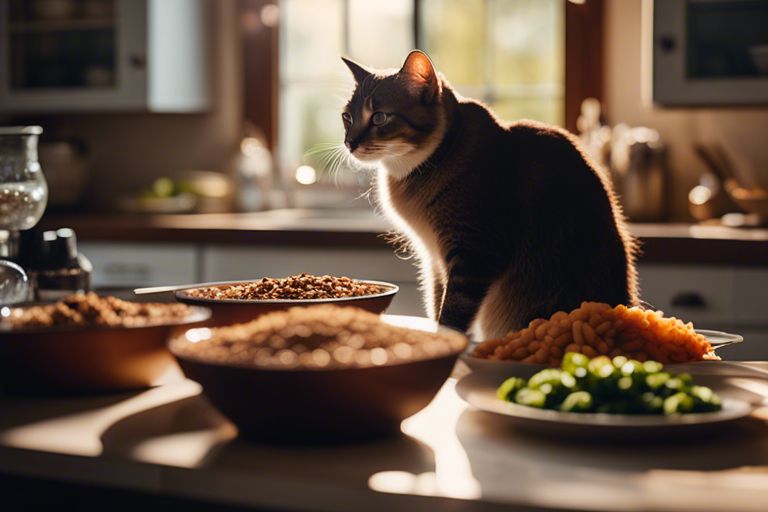
Meal Planning and Preparation
Portion Sizes and Frequency of Feeding
To ensure your cat gets the necessary nutrients, it’s crucial to plan portion sizes according to their weight, age, and activity level. Typically, a cat requires about 24-35 calories per pound of body weight per day, but this can vary. Cats should be fed small, frequent meals throughout the day to mimic their natural hunting patterns. Consult with your veterinarian to determine the ideal portion sizes and feeding schedule for your cat.
Storing Homemade Cat Food
Properly storing homemade cat food is crucial to maintain its freshness and prevent contamination. Divide the food into portion sizes suitable for a single serving and store them in airtight containers in the refrigerator for up to 3 days. For long-term storage, freeze the portions in freezer-safe containers for up to 2-3 months. Remember to thaw the food in the refrigerator before serving it to your cat.
Food safety is paramount when storing homemade cat food. Ensure that all containers and utensils used are clean, and follow hygiene practices to prevent any bacteria growth. Discard any uneaten portions to maintain freshness and prevent any potential health risks to your feline companion.
Monitoring Your Cat’s Health
Signs of Good Nutrition
After transitioning your cat to a homemade diet, it’s crucial to monitor their health to ensure they are receiving adequate nutrition. Your cat’s coat should be shiny and sleek, their eyes bright, and they should have plenty of energy for play and exploration. Additionally, your cat’s stool should be well-formed and they should maintain a healthy weight. These are all indicators that your cat is thriving on their homemade diet.
When to Consult a Veterinarian
Any changes in your cat’s health, behavior, or appetite should be monitored closely. If you notice any concerning symptoms such as lethargy, vomiting, diarrhea, or changes in weight, it’s crucial to consult with a veterinarian promptly. They can help determine if these symptoms are related to the homemade diet or if there is an underlying health issue that needs to be addressed. Regular check-ups with a veterinarian are also recommended to ensure your cat’s overall health and well-being.
This is especially important if your cat has any existing health conditions or if they are elderly. Older cats may have different nutritional requirements, so consulting with a veterinarian can help tailor the homemade diet to meet their specific needs.
Tips and Best Practices for Homemade Cat Food
Not all homemade cat food recipes are created equal. To ensure your feline friend is getting a balanced diet, keep the following tips and best practices in mind:
- Consult with a veterinarian to understand your cat’s specific dietary needs.
- Include a source of protein, such as chicken or fish, in every meal.
- Balance the recipe with the right ratio of protein, fats, carbohydrates, and imperative vitamins and minerals.
- Avoid ingredients that are toxic to cats, such as onions, garlic, and chocolate.
Balancing Variety and Consistency
On the one hand, offering your cat a variety of proteins and nutrients can help prevent dietary deficiencies and keep mealtime interesting. On the other hand, consistency is key to ensuring that your cat’s digestive system remains stable. Finding the right balance between variety and consistency is crucial for your cat’s overall health and well-being.
Transitioning from Commercial to Homemade Food
To ensure a smooth transition from commercial cat food to homemade meals, it’s imperative to do so gradually. Start by mixing a small amount of the homemade food with your cat’s regular commercial diet. Over the course of a week or two, slowly increase the proportion of homemade food while decreasing the commercial food. Monitoring your cat’s reaction and adjusting the transition pace accordingly is key to a successful switch.
Knowing the individual preferences and sensitivities of your cat can also aid in creating a more tailored homemade diet.
Conclusion
Following this guide to the best homemade cat food recipes for a balanced diet will ensure that your feline friend receives all the nutrients they need to thrive. By incorporating a variety of proteins, vegetables, and supplements, you can provide your cat with a diet that supports their overall health and well-being.
Remember to consult with your veterinarian before making any major changes to your cat’s diet, especially if they have any pre-existing health conditions. With the right ingredients and a little bit of planning, you can create delicious and nutritious meals for your beloved cat that will keep them happy and healthy for years to come.
FAQ
Q: Why is homemade cat food a good choice for a balanced diet?
A: Homemade cat food allows you to control the quality of ingredients, ensuring a balanced diet free from fillers and additives that may be harmful to your cat’s health.
Q: What are some important ingredients for a balanced homemade cat food diet?
A: Essential ingredients for homemade cat food include high-quality protein sources like chicken, fish, or turkey, as well as vegetables such as carrots, peas, and spinach for added nutrients.
Q: How can I ensure my cat is getting all the necessary nutrients in homemade cat food?
A: To ensure your cat is getting all necessary nutrients, it is important to include a variety of ingredients in their diet, such as organ meats for important vitamins and minerals, and supplements like taurine to support their overall health.
Q: Are there any ingredients I should avoid when making homemade cat food?
A: Some ingredients to avoid in homemade cat food include onions, garlic, and grapes, as they can be toxic to cats. Additionally, avoid using excessive amounts of salt or sugar in your recipes.
Q: How can I transition my cat to a homemade diet?
A: To transition your cat to a homemade diet, introduce new foods gradually, mixing them with their current food to avoid digestive issues. Monitor your cat’s reaction to the new diet and make adjustments as needed.
